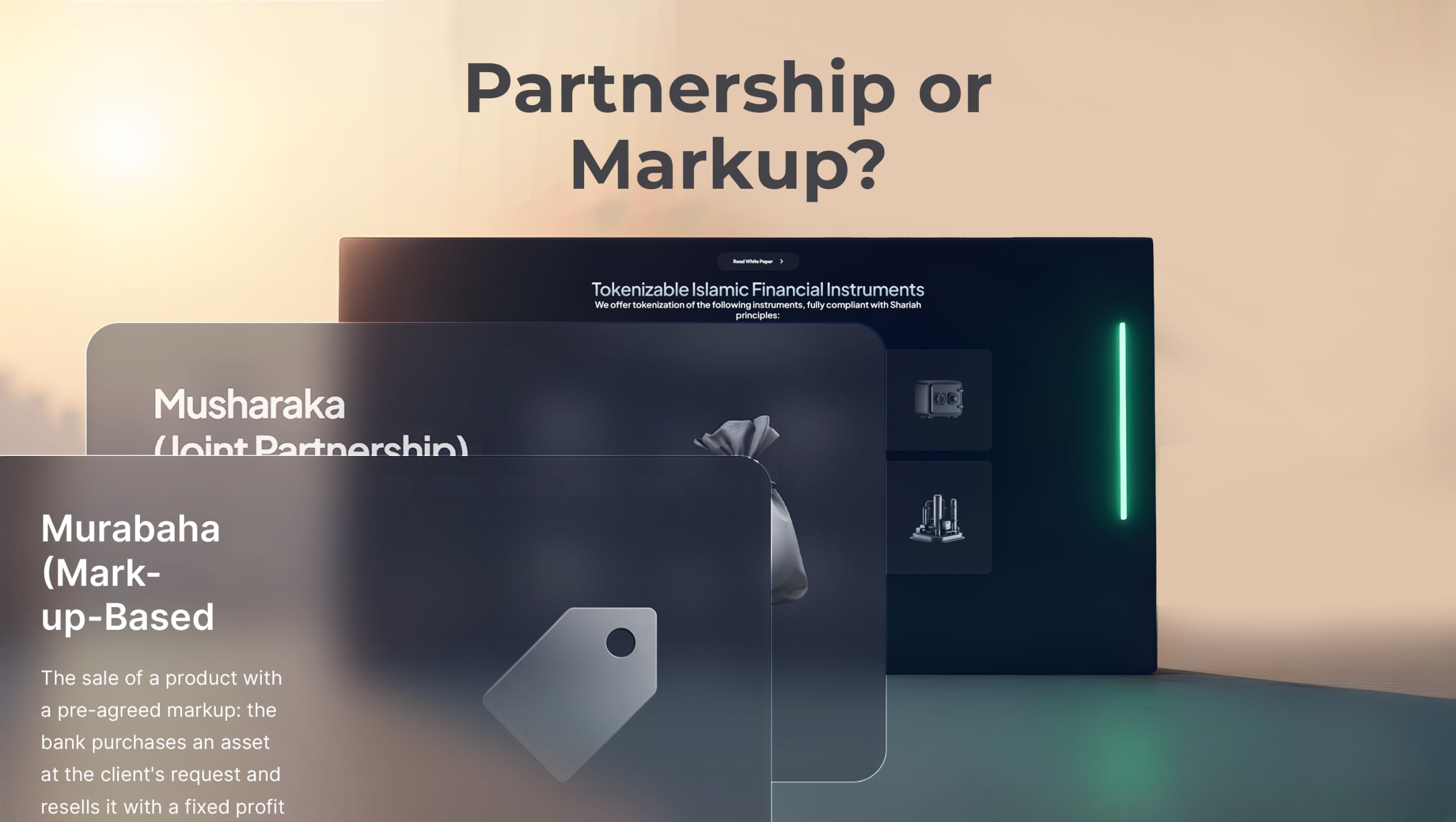Islamic finance is growing due to its ethical and Shariah-compliant nature. Murabaha and musharaka are two key tools attracting investors. They differ in structure, risks, and potential returns. This article explores both methods in detail. You’ll learn their features, benefits, and drawbacks. This will help you make an informed decision. Investors can select the tool that aligns with their goals. Let’s dive into the specifics.
Understanding Murabaha
Murabaha is a cost-plus financing transaction. A financial institution buys an asset at the client’s request. The asset is then sold to the client with an agreed profit margin. Payments are typically made in installments. This resembles a conventional loan but avoids interest. The terms are transparent, with a fixed markup. Murabaha is widely used for purchasing real estate, vehicles, or equipment. It complies with Shariah by excluding prohibited items.
This tool is straightforward and user-friendly. The client knows the cost and payment schedule upfront. The investor earns a predictable profit from the markup. Risks are low, as the deal is asset-backed. For example, if the client defaults, the asset can be sold. However, returns are limited to the fixed margin. This makes murabaha less appealing for high-yield investments. It’s ideal for conservative investors.
Murabaha is common in retail financing. For instance, a person wants to buy a home. The bank purchases the property and sells it with a markup. Payments are spread over 10–20 years. This suits individuals and small businesses. The deal requires no complex management. The investor earns without active involvement. It’s a passive income source.
Understanding Musharaka
Musharaka is a partnership where parties share profits and losses. The investor and client jointly fund a project or business. Each contributes capital, and profits are split based on a pre-agreed ratio. Losses are shared proportional to contributions. Musharaka is flexible and suits venture capital. It’s used in real estate, trade, and startups. This tool requires active participation. Success depends on effective project management.
Musharaka appeals to long-term investors. It encourages collaboration and risk-sharing. For example, two partners fund a shopping mall. They share rental income. However, risks are higher than in murabaha. If the project fails, the investor loses capital. Potential profits are uncapped, attracting bold investors. Musharaka demands trust and expertise.
This tool is more complex to implement. Partners must align on key decisions. Managing the project takes time and resources. For instance, a startup requires operational oversight. Musharaka suits those comfortable with uncertainty. It offers high returns but no guarantees. This makes it less predictable than murabaha. Investors must carefully assess the project.
Comparing Risks and Returns
Murabaha and musharaka differ significantly in risk levels. In murabaha, the investor is protected by fixed payments. The risk of client default is low, especially with collateral. Returns are stable but capped by the markup. For example, an investor may earn 5–10% annually. This appeals to those avoiding volatility. Murabaha is a conservative choice. It ensures predictable income.
Musharaka carries higher risk. Returns depend on the project’s success. If the business fails, the investor loses their stake. However, profits can reach 20–30% or more. This attracts those open to uncertainty. For instance, a successful startup yields substantial returns. Musharaka requires thorough market analysis. Investors must evaluate partner reliability.
Risk and returns tie to the asset type. Murabaha deals with tangible assets like homes or cars. This reduces loss probability. Musharaka involves complex projects like startups or construction. Success depends on multiple factors. Investors must consider economic conditions. The choice hinges on your priorities. Consulting an expert aids decision-making.
Practical Applications of the Tools
Murabaha is popular in everyday transactions. For example, a client buys a car. The bank purchases the vehicle and sells it with a markup. The client pays over 3–5 years. This suits individuals. Small businesses use murabaha for equipment. The deal is simple and needs no oversight. The investor earns effortlessly.
Musharaka is used in large-scale projects. For instance, partners fund a residential complex. They share profits from apartment sales. Such projects demand significant capital. Partners must align on strategy. Musharaka suits seasoned investors. It requires time and expertise. Success depends on effective management.
Murabaha fits short- and medium-term investments. It’s ideal for stable markets. Musharaka targets long-term goals. It thrives in growing sectors like technology. Investors must consider asset liquidity. Murabaha converts to cash faster. Musharaka may tie up capital for years. Your resources dictate the choice.
How to Choose the Right Tool?
Choosing between murabaha and musharaka depends on your objectives. Assess your risk tolerance. If you value stability, opt for murabaha. It offers predictable returns. If you embrace uncertainty, musharaka provides greater opportunities. Consider your expertise. Musharaka demands project management skills. Murabaha is easier for beginners.
Capital size matters too. Murabaha is accessible for smaller sums. For example, a car purchase requires $10,000–$50,000. Musharaka suits larger investments, from $100,000 upward. Market conditions influence the decision. In a stable economy, musharaka may outperform. In a downturn, murabaha is safer. Consult an Islamic finance expert.
Suppose you have $50,000 to invest in real estate. With murabaha, the bank buys an apartment and sells it to you with an 8% markup, payable over 5 years. You earn a fixed profit, capped at 8%. With musharaka, you partner in a housing project, contributing $50,000. If successful, your profit could be 25%, but failure means losses. Murabaha suits those prioritizing stability. Musharaka is for those willing to risk for higher returns.
Ensure Shariah compliance. Both tools are ethical and transparent. Murabaha is simpler to execute and monitor. Musharaka requires trust in partners. Research the bank or company’s reputation. Review contract terms. This minimizes risks. Your decision should balance all factors.


